9 trees with white bark that make a statement in your plot
Adding the best trees with white bark to your outdoor space can create a magical feature in any garden
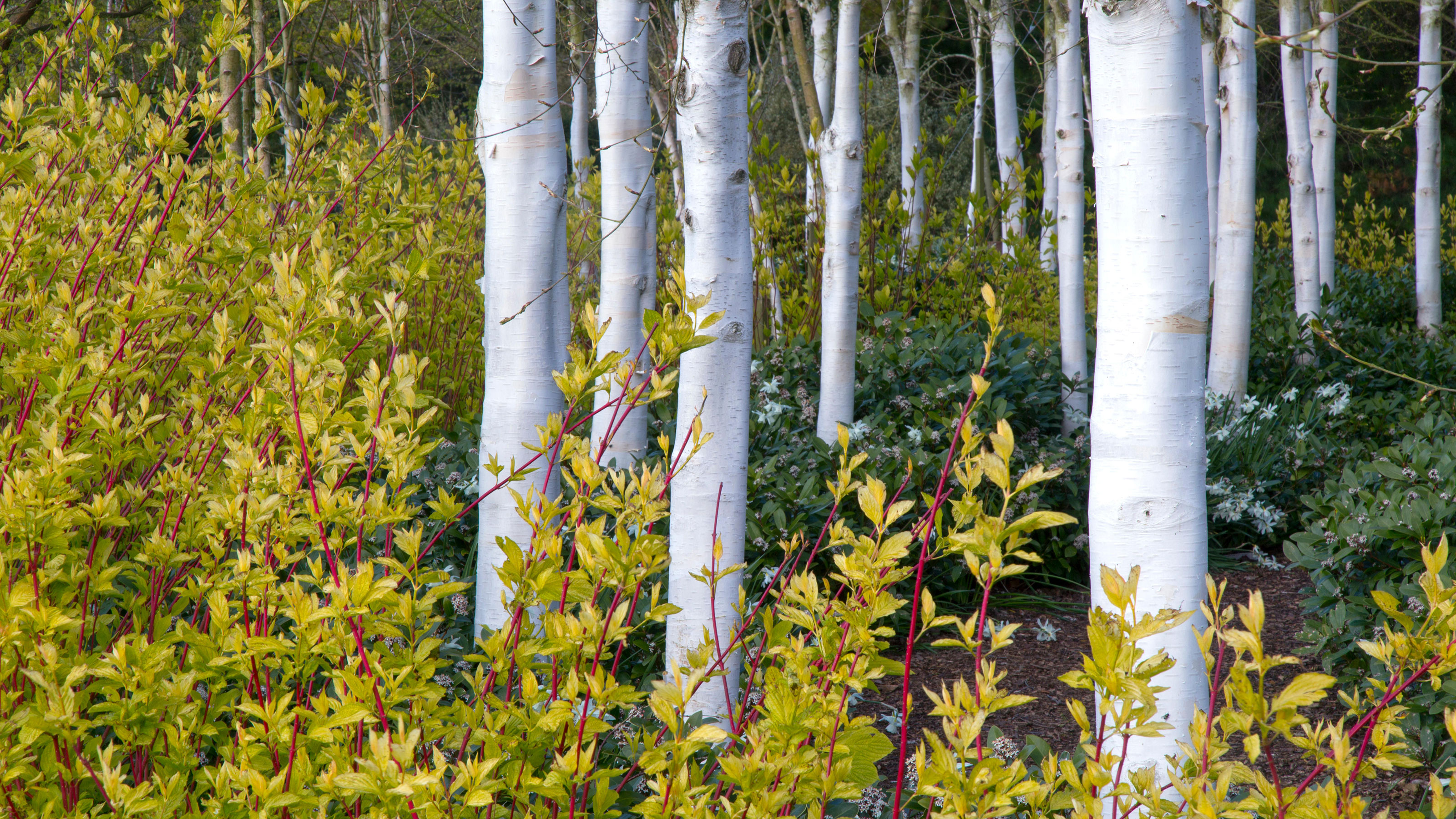
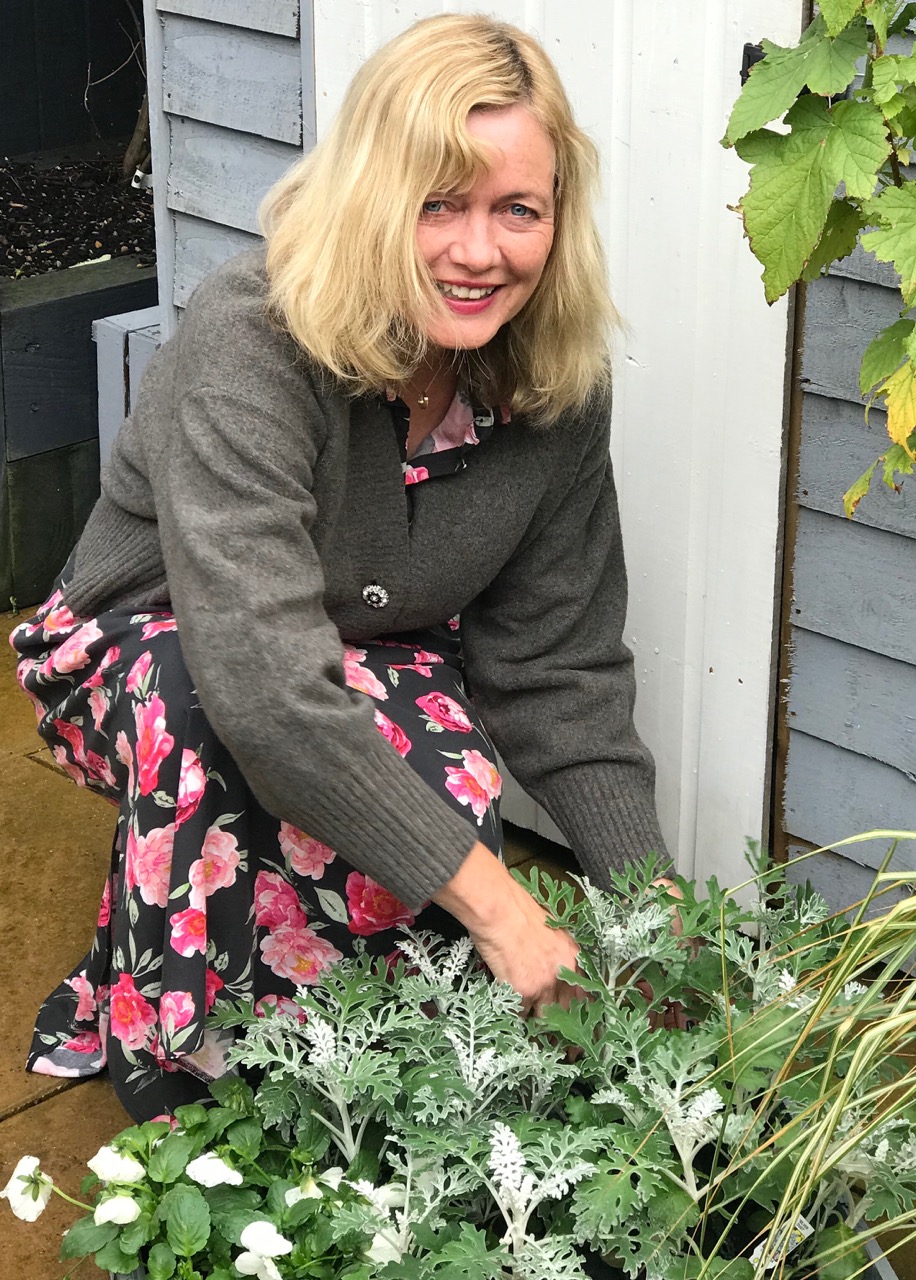
When days are shorter and the light is low, the best trees with white bark come into their own. With perennial plants and many spring bulbs slumbering beneath the earth, trees with light colored trunks shine out, elevating the seasonal gloom.
A feature tree with white bark in a front yard can add masses of curb appeal, but think carefully about the shape that suits the space and style of your home. Just as there are many different shapes of evergreen trees, white-bark trees can be oval, pyramid-shaped, weeping, narrow, triangular and spreading.
If the white trunk is the most attractive aspect of the tree, ensure that it is planted in a position where this can be seen and appreciated. Resist the temptation to underplant it with tall foliage which might obscure the beautiful bark.
In the right place, trees with white bark will illuminate a winter garden and add an extra element of enjoyment. 'Winter interest provided by bark on trees and shrubs is an important aspect of planting up a garden and it is sometimes overlooked in favour of more flamboyant flower interest,' advises the Royal Horticultural Society. So pick a white stunner with our choice of the top white-stemmed trees available.
Illuminate your plot with these trees with white bark
Grouped in a grove, or planted along a walkway, trees with white bark pack a visual punch, but even a single, small specimen can make a statement.
As with all tree purchases, it is worth doing some research to make sure you get the right tree for your plot. When choosing a tree for your garden, consider the ultimate size, and the shape of the mature tree. Very large ones are often best planted behind a house, and even then special consideration should go to their proximity to existing buildings and fences so their root systems will not cause damage at a later date.
Find the right one for your needs with our favorite trees with white bark.
1. Japanese White Birch (Betula platyphylla var.japonica)
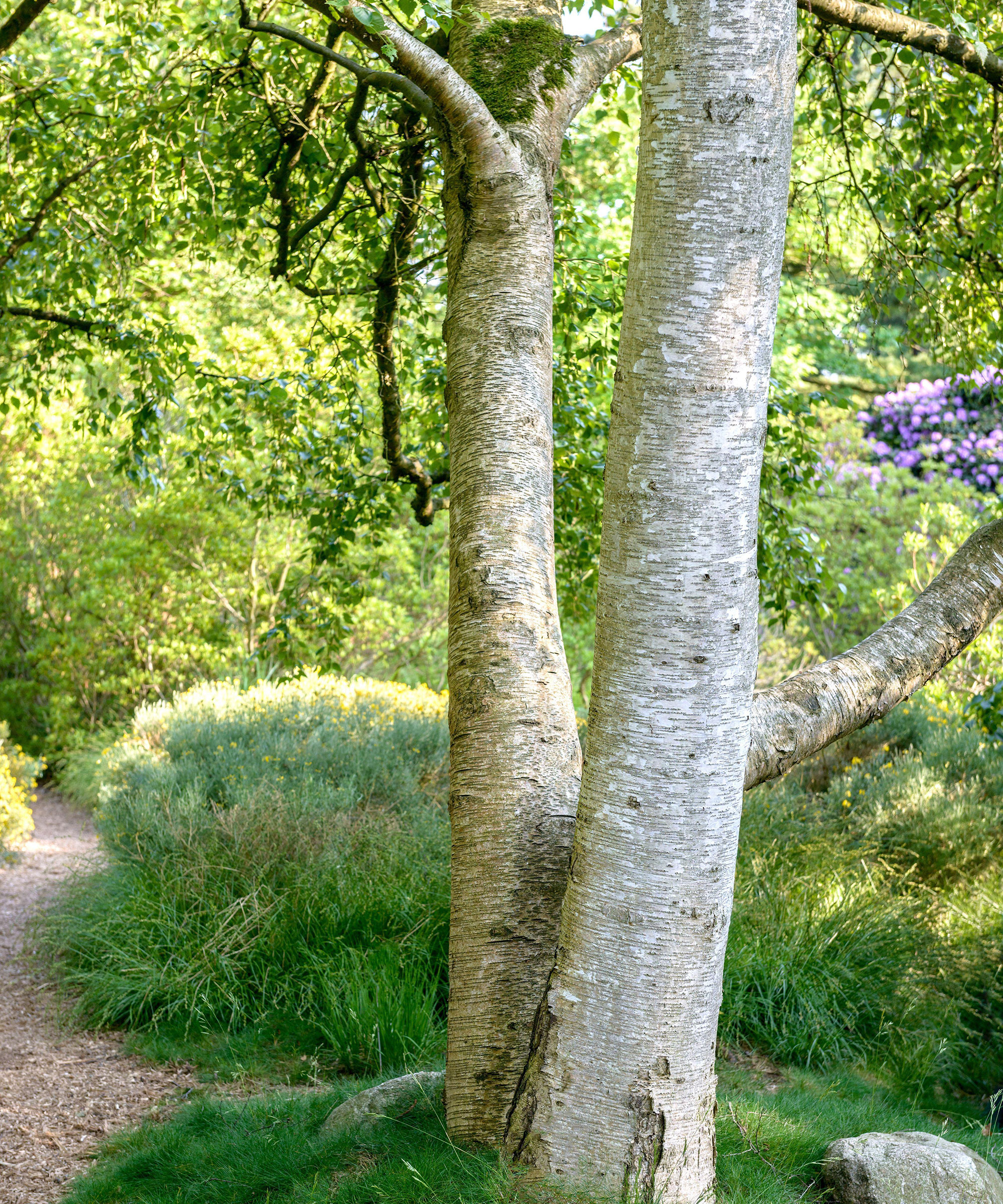
- Best for: year-round interest, with yellow catkins in spring, vivid fall color and pale bark for a winter spectacle
- Hardiness: USDA 2-6
- Height: 15-25ft (4.5-7.5m)
- Spread: 14-24ft (4-7m)
This medium to large tree has an elegant pyramid shape with thin spreading branches and snowy white bark. It suits cooler climates, growing well in medium to moist well drained soil types of any kind.
Full sun or partial shade is the best position. Once established, these trees with white bark need very little attention. If any pruning is needed, it is best done in the winter, before the sap runs.
2. Quaking Aspen
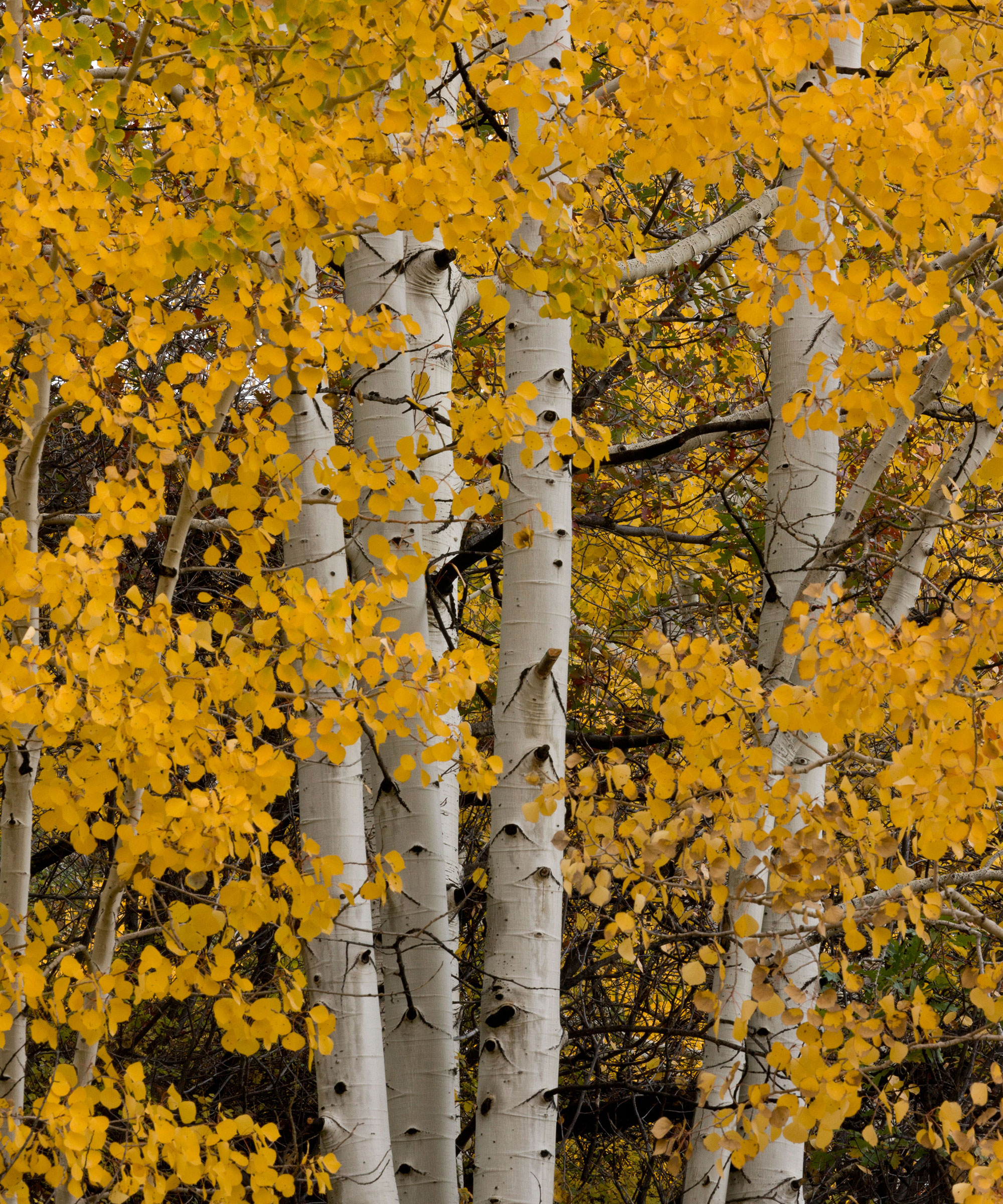
- Best for: areas with cool summer climates
- Hardiness: USDA 2-8
- Height: 20-50ft (6-15m)
- Spread: 10-30ft (3-9m)
Softly rustling, trembling leaves on a rounded crown combined with a straight pale trunk create a beautiful medium-sized tree, which is native to the cooler areas of North America. It is also known as the American Aspen (populus tremuloides), trembling aspen, trembling poplar and golden aspen.
These trees with white bark prefer rich, moist but well drained soil and a site in full sun. This is a tree for a larger landscape, and as such they should be planted well away from existing buildings. The vigorous root system could cause problems with foundations, so perhaps one to avoid if you are searching for the best trees for front yards.
As well as its pure white bark, quaking aspens have show-stopping golden yellow fall color. They look good as a feature tree and are stunning when planted en masse in a grove or dell.
3. American Sycamore (platanus occidentalis)
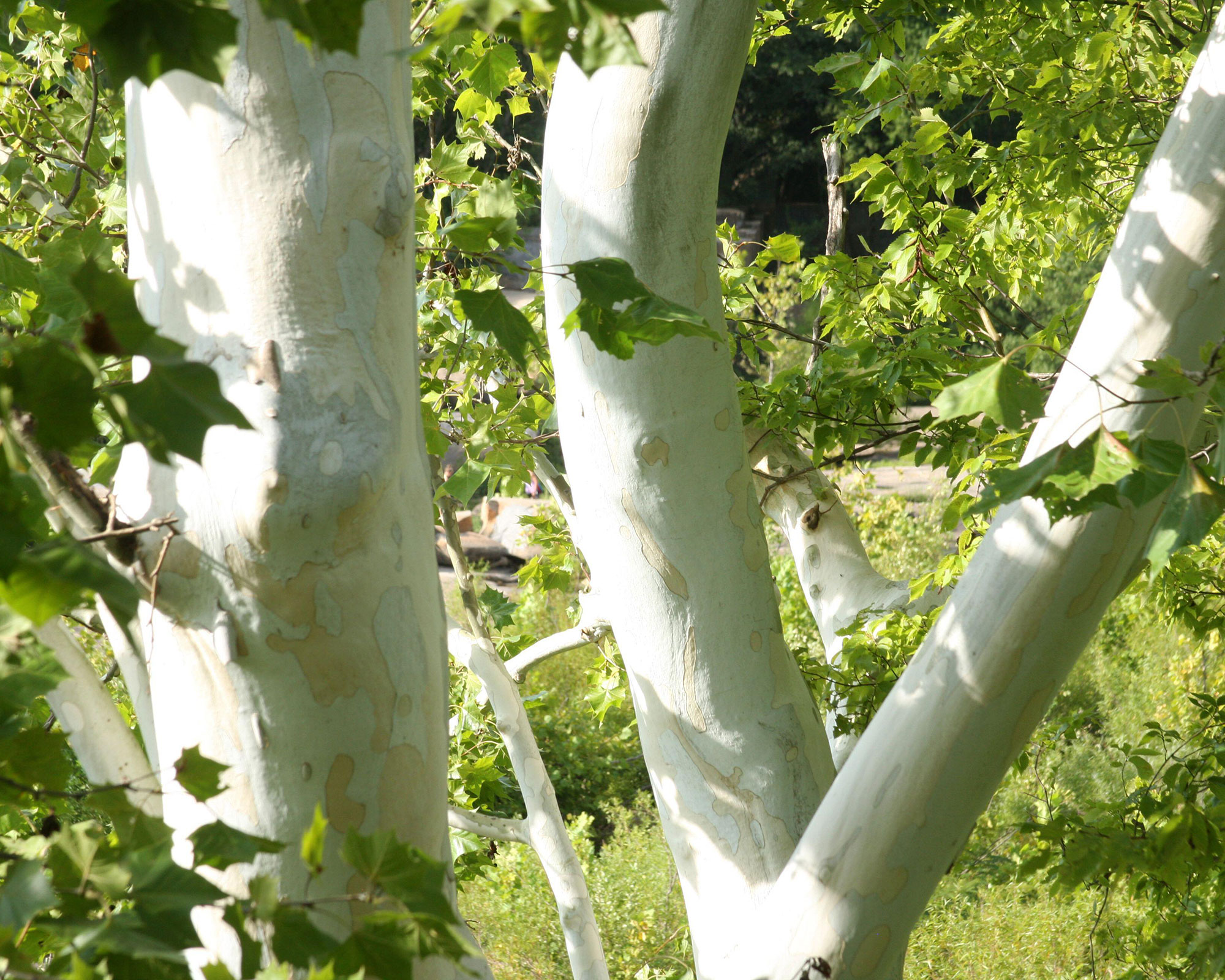
- Best for: the wow-factor in a large property
- Hardiness: USDA 4-9
- Height: 75-100ft (22-30m)
- Spread: 75-100ft (22-30m)
Not to be confused with an English sycamore, this majestic tree lays claim to the title of the largest deciduous tree in eastern USA, and it really is a huge one, suitable only for homes with large gardens.
The bark is not pure white: its brown layers crack and reveal a creamy inner layer, which can create a flaky, mottled effect. The tree has horizontal branches and a rounded top, producing ball shaped seed clusters in the fall.
This isn't one of the best trees for shade as it needs full sun, or very light shade, to thrive. It is also called an American plane tree, and a buttonwood.
Tolerant of pollution and drought, it can be sometimes be seen in parks and public gardens in the UK, but it’s not a particularly common tree in that part of the world.
4. Himalayan Birch (Betula utilis jacquemontii)
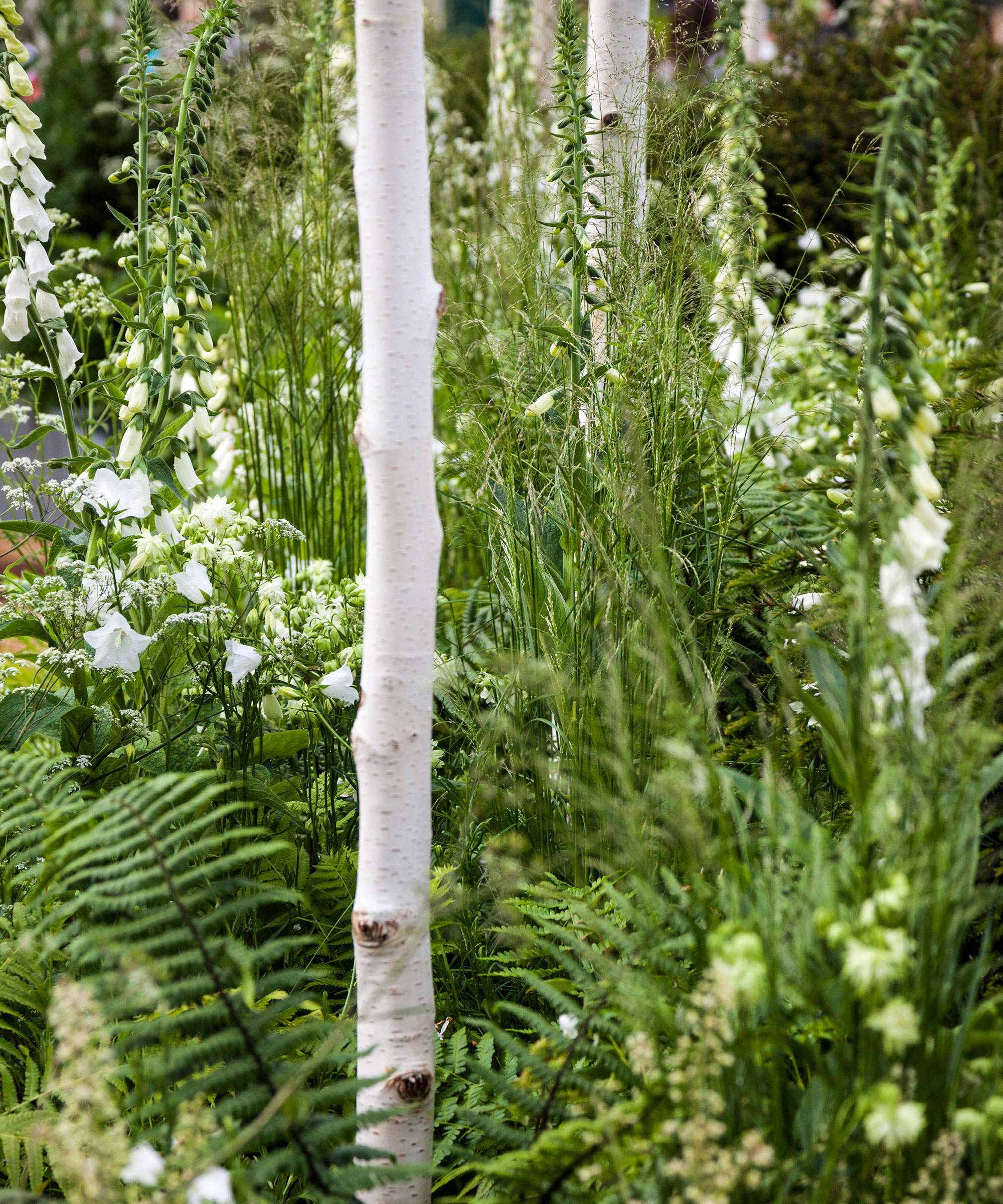
- Best for: a stylish feature tree in an urban garden
- Hardiness: USDA 1-8
- Height: 21ft (6M)
- Spread: 16ft (5M)
Show gardens often feature this delightfully decorative tree with white bark, and it’s no wonder. The slim, ghostly pale trunk is elegant in winter gardens and when spring and summer arrive, the foliage is delicate, providing lightly dappled shade.
Not only that, it is one of the best low maintenance trees with white stems that you can grow. 'It is bullet proof,' says Michael Buck of Form Plants. He recommends a multi-stemmed variety for larger gardens and a standard tree (a single trunk) if space is tight. 'Uplight in winter and you can enjoy them at night, too,' says Michael.
A word of advice: not all Himalayan birches are white-stemmed, so check the plant label, including the latin name, with care.
5. Paper Birch (Betula papyrifera)
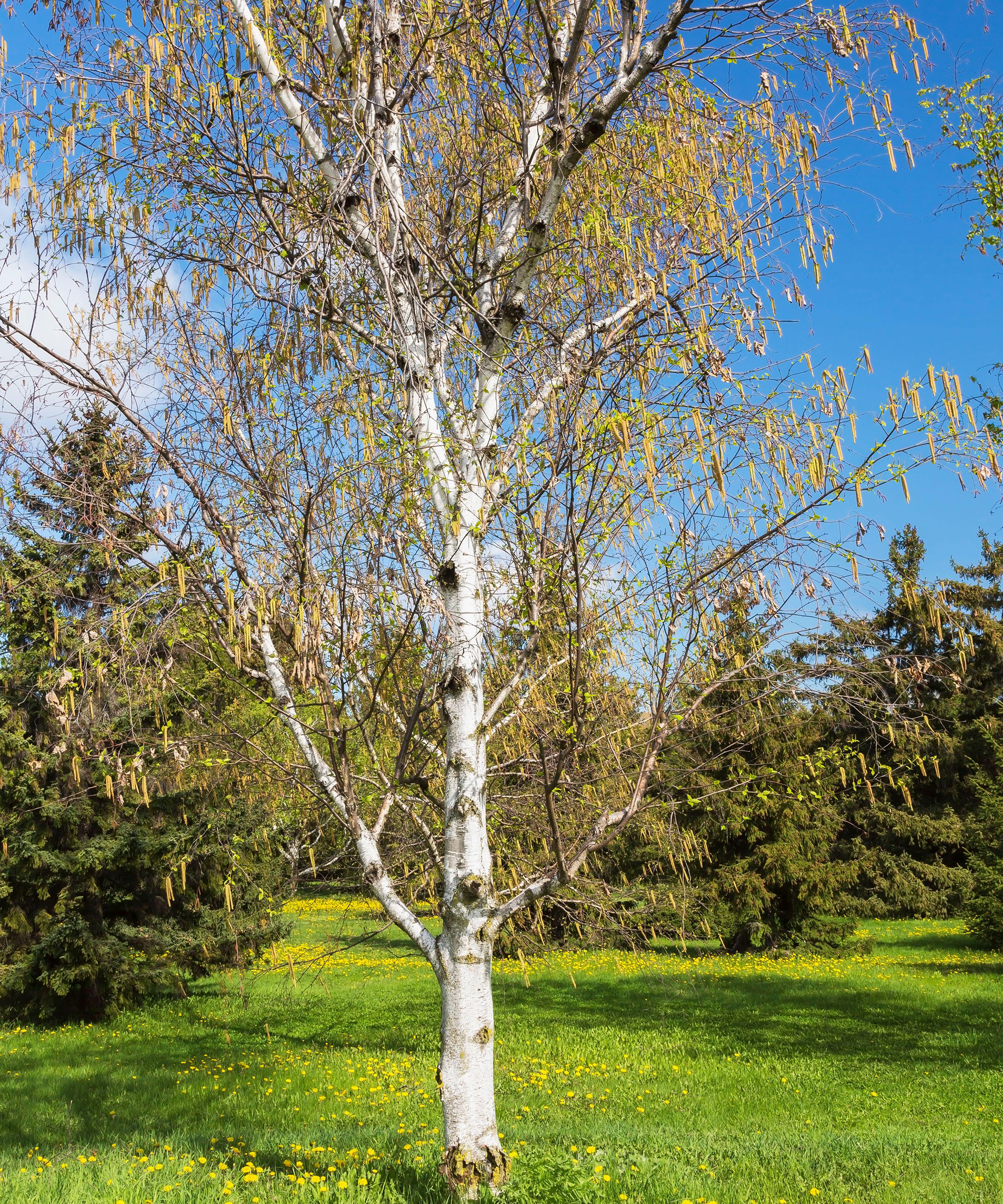
- Best for: a screening tree
- Hardiness: USDA 2-7
- Height: 70ft (21m)
- Spread: 30ft (9m)
If you're looking for one of the best trees for privacy to screen an area of your yard, this could be the one for you. A deciduous tree native to North America, with a narrow conical shape and white, peeling bark on trees, usually when they are older than around five years.
This resilient bark was traditionally used by Native Americans to make canoes, baskets and paper.
Plant the tree in full sun or partial shade. It will grow in most soils except chalk. They do well in damp but well-drained sites, and cope in ground near water. Choose a multi-stemmed variety to create a beautiful focal point.
6. Acer tegmentosum
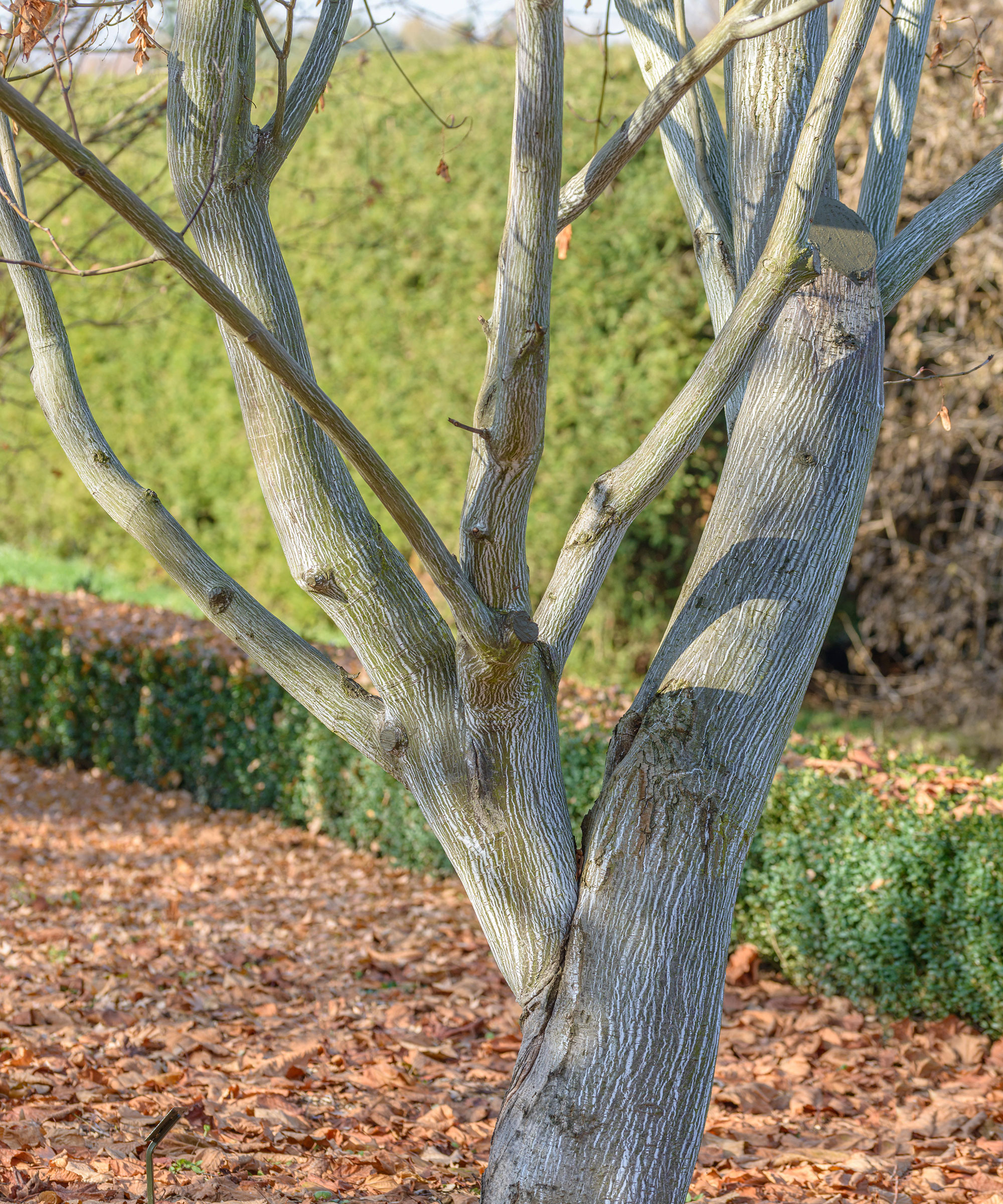
- Best for: contemporary garden schemes
- Hardiness: USDA up to zone 4
- Height: 12-24ft (3.5-7m)
- Spread: 12-24ft (3.5-7m)
This does not have a solidly pale color on its trunk but the pronounced pale green and cream stripes create the illusion of lightness and make for a very pretty and interesting feature.
Also known as the Manchurian Stripebark Maple, they belong to a group called snakebark maples, owing to the reptilian texture and tones of the bough.
Cultivars to try include ‘White Tigress’ ‘Joe Witt’and ‘Valley Phantom.’ These trees need partial shade, and a sheltered spot away from strong winds. There’s the added bonus of golden yellow leaves in the fall.
There's more advice on how to grow acers in our dedicated guide.
7. Eucalyptus pauciflora niphophila
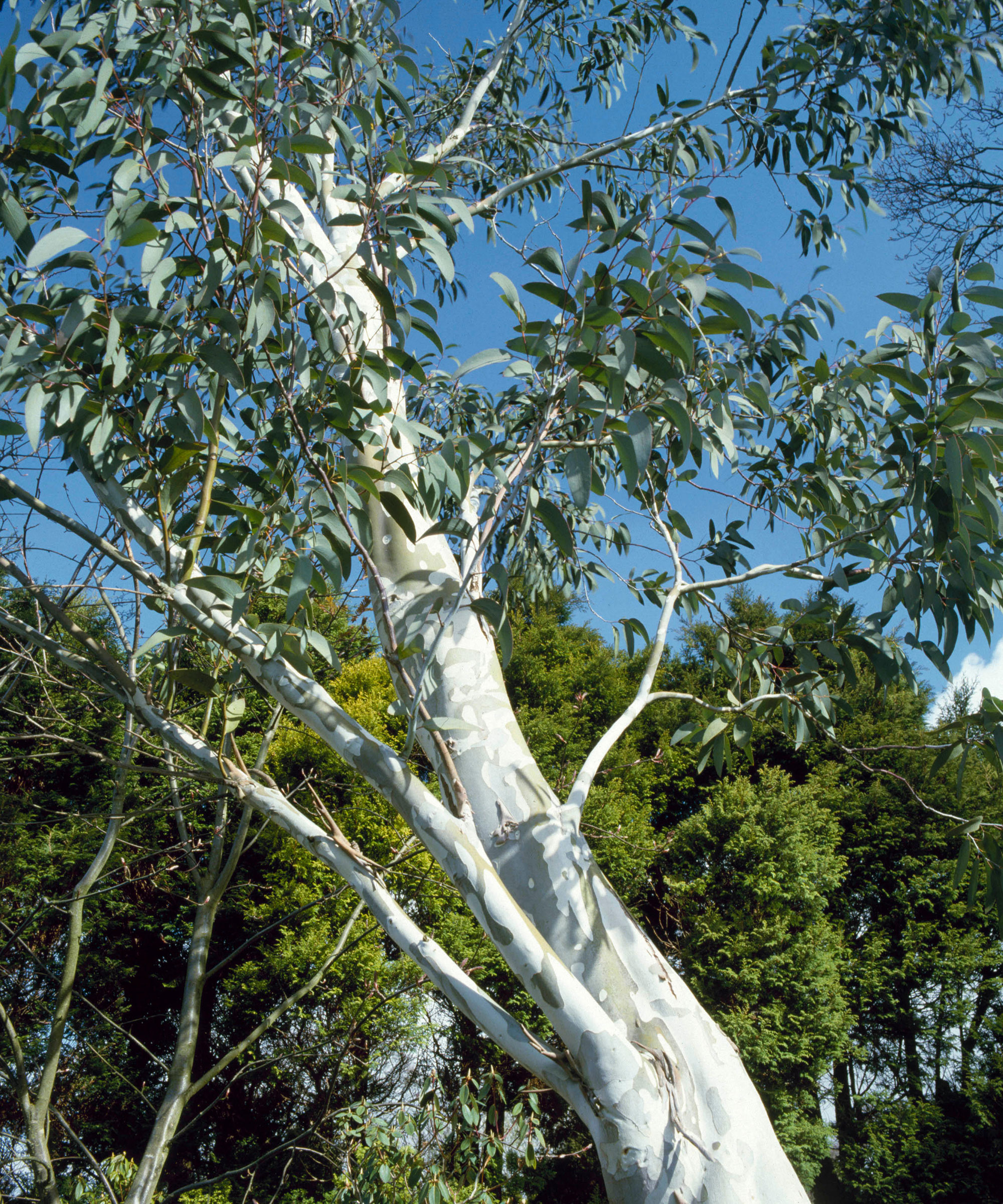
- Best for: small gardens and yards
- Hardiness: USDA 7-10
- Height: 12-25ft (3.5-7.5m)
- Spread: 12-25ft (3.5-7.5m)
With peeling, creamy colored and textured bark, complemented by silvery grey leaves and white flowers in summer, this tree thrives in most soil types.
Also known as a snow gum, it has an upright shape and will not grow too tall, making it a savvy choice if you're looking for the best trees for small gardens.
Choose the planting site carefully as it dislikes having the roots disturbed so changing your mind and moving it at a later date could be risky. Once planted, keep the area around it weed-free and well-watered for the first couple of seasons. After that, it’s a low maintenance choice.
8. Lacebark pine (Pinus bungeana)
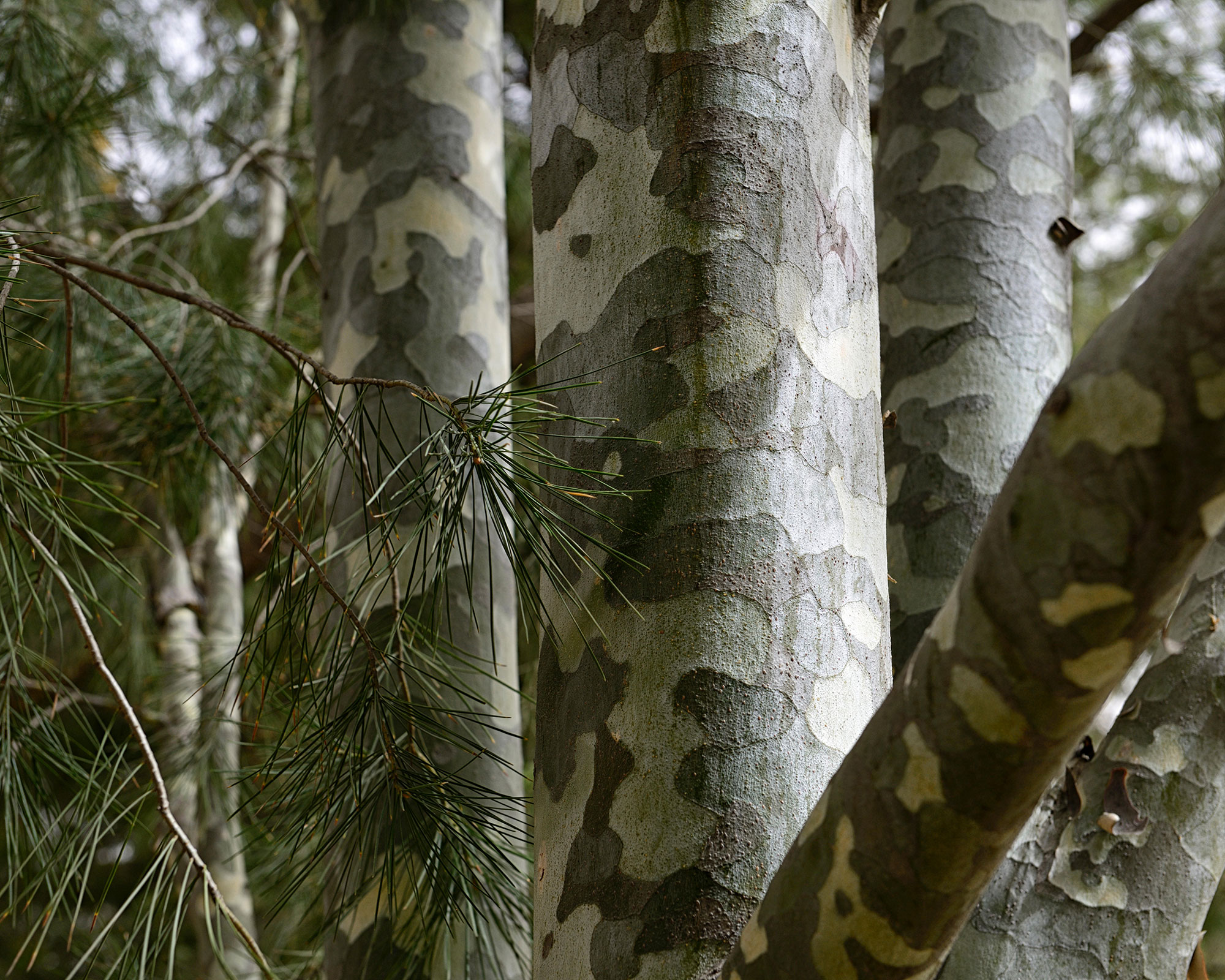
- Best for: a specimen tree for a forever garden
- Hardiness: USDA 5-8
- Height: 65ft (20m)
- Spread: 16-26ft (5-8m)
After about 10 years, the smooth greenish bark of this conical evergreen multi-stemmed tree peels to reveal silver white, green and brown tones, and the effect is visually stunning.
These trees with white bark are slow growers, so patience is needed, but the reward is worth it. It needs a sunny, well-drained site, and plenty of space to grow.
9. Eucalyptus gunnii
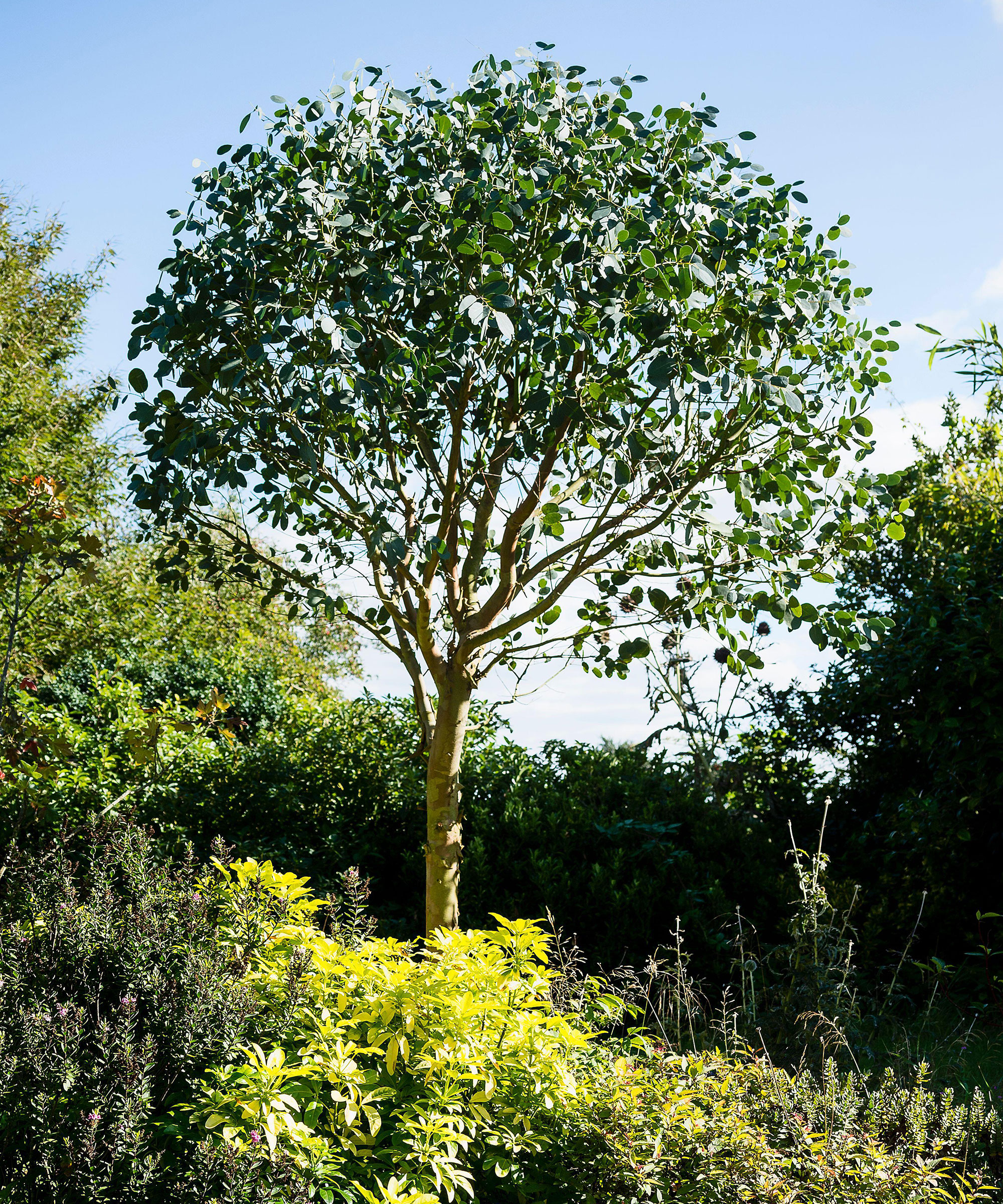
- Best for: a sensory garden
- Hardiness: USDA 8-10
- Height: Up to 80ft (24m)
- Spread: 50ft (15m)
Strictly speaking the bark of this tree is a greenish-white that peels away in the summer to reveal a grey-green color, but the effect from afar is pale and interesting which is why we have included it on our list of trees with white bark.
Also known as a cider gum tree, it has blue green foliage which is spicily aromatic, making it a lovely option for a sensory garden. It is a large tree, but the size can be managed with regular cutting back. This also keeps the foliage fresh and vibrant.
Why do trees have white bark?
Many trees naturally have white bark as a way of protecting the tree from overheating. The white color is thought to protect the tree from sun damage by reflecting sunlight, rather than absorbing it. This therefore prevents the tree from overheating in periods of high temperatures, particularly in the summer.
Can I clean white tree bark?
Trees with white bark such as birch and cherry can be kept free of green algae, grey dust and debris so the bright white keeps shining through.
Tony Kirkham, author of the Kew Gardeners Guide to Growing Trees, available from Amazon advises this method. 'Use a soft sponge soaked in a bucket of warm water containing a dash of washing-up liquid to help maintain those white silhouettes through the winter months.'
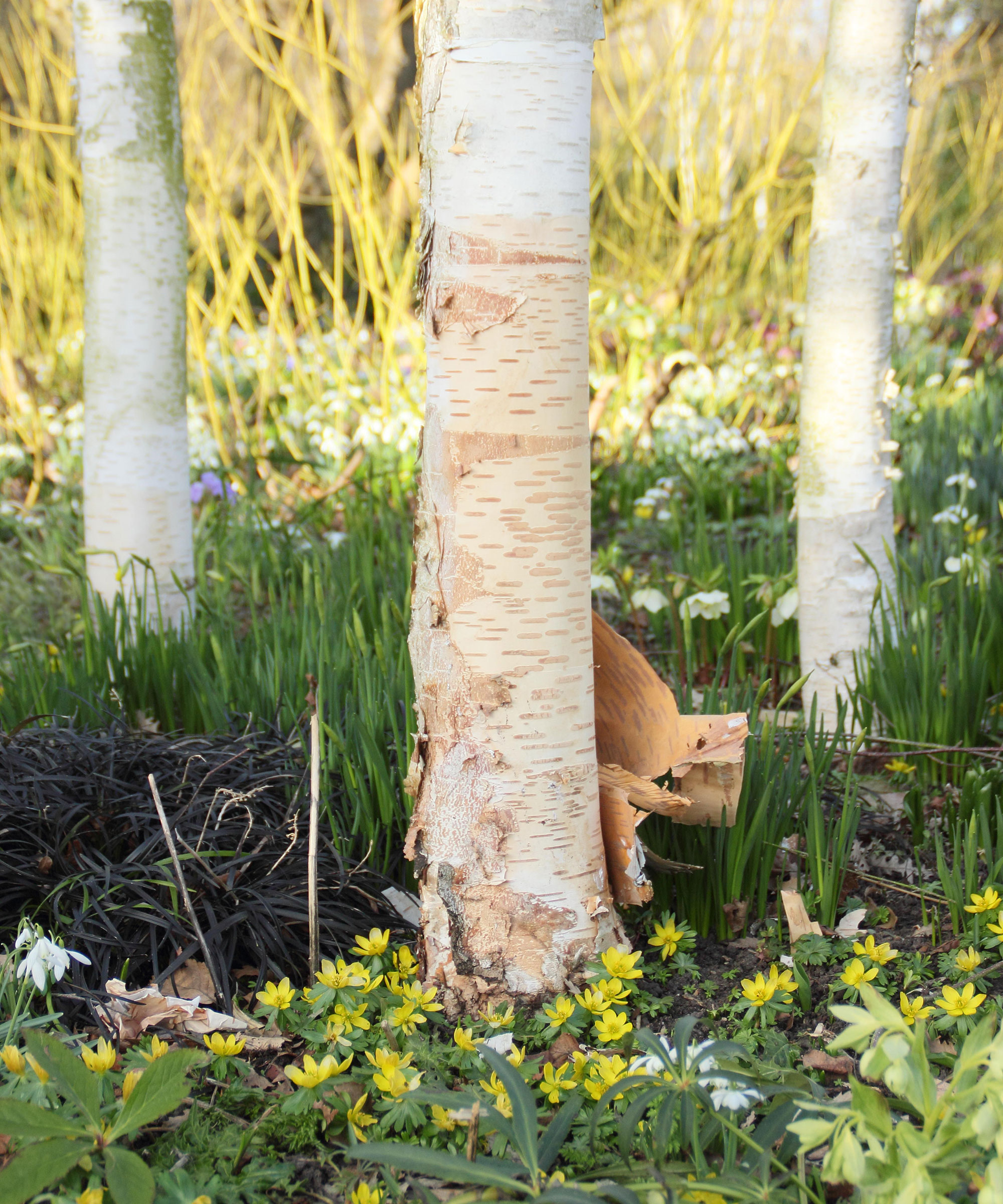
These Himalayan birch trees have been underplanted with winter aconite, hellebore and snowdrops
How can I make white trees stand out more?
White tree trunks will show more dramatically if they are planted against a background of dark evergreens. Alternatively, they will contrast with a dark painted fence, perhaps in a moody grey or inky blue.
Avoid obscuring the base of the tree trunk with tall plants around the base. Instead, when it comes to your landscaping around trees, opt for low growing, silvery leafed plants instead. At night, white trunks make an extra statement if you use outdoor tree lighting ideas to highlight the stunning color of the bark.

An experienced freelance journalist, editor and columnist writing for national magazines and websites, Fiona now specialises in gardens. She enjoys finding and writing about all kinds, from the tiniest town plots to impressively designed ones in grand country houses.
